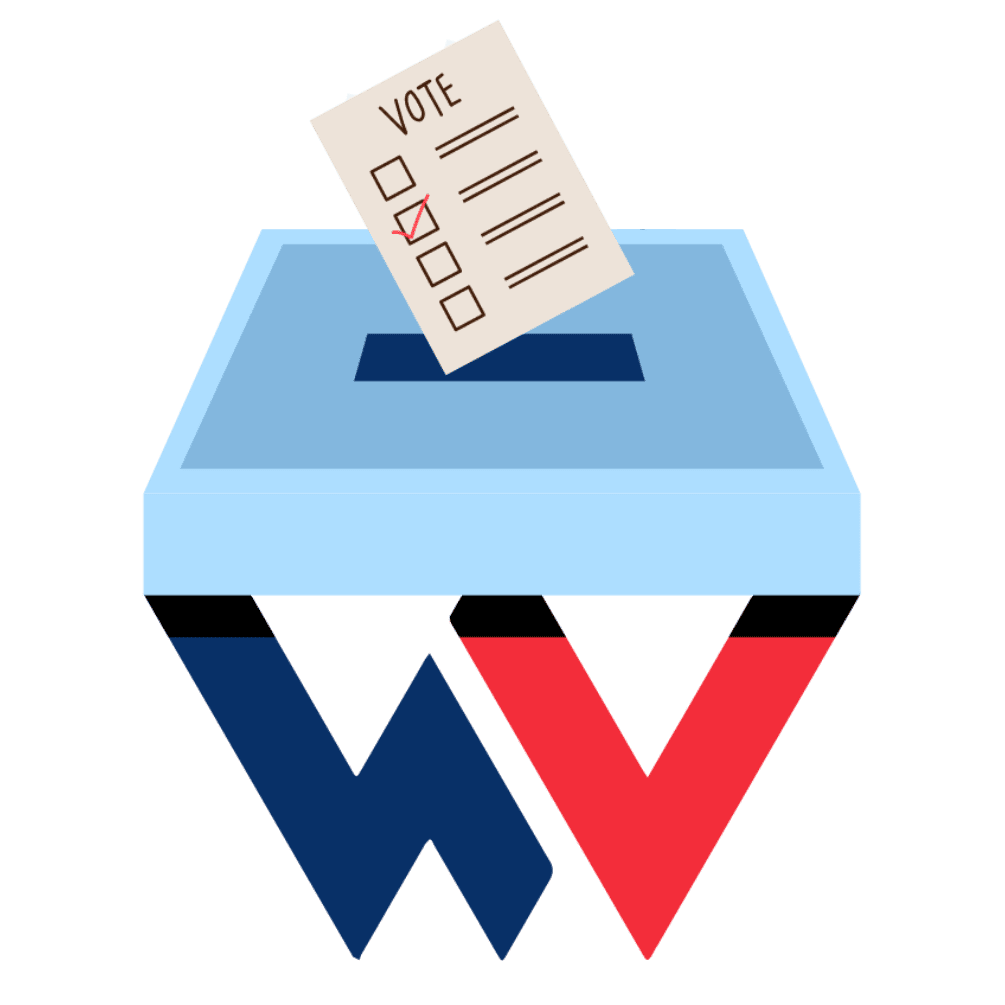What are the proposed changes in Project 2025 regarding public protests and law enforcement authority?
Overview:
Project 2025 outlines a significant expansion in the powers granted to law enforcement agencies, especially concerning the management of public protests and local police operations.
The proposed changes aim to centralize authority at the federal level, enabling the federal government, particularly the Justice Department, to exert more direct control over local law enforcement agencies.
Direct Text Citation:
“Project 2025 mandates that the Justice Department will assume control over local law enforcement activities when local governance is deemed insufficient by federal standards. This includes intervening in how public protests are managed and policed.” (Project 2025, Page 553)
Detailed Implications for Government Accountability and Citizen Rights:
- Erosion of Local Autonomy:
- By enabling federal takeover of local law enforcement, Project 2025 could significantly diminish the independence and responsiveness of local police forces. This centralization risks creating a uniform approach to law enforcement that does not account for the unique needs and circumstances of different communities.
- Impact on Public Protests:
- The policy shift could lead to more stringent and potentially aggressive policing of public protests. With the federal government setting broad directives, there may be a move towards more repressive measures to quell dissent, regardless of the nature or peacefulness of the protests. This could discourage civic participation and infringe on the constitutional right to peaceful assembly.
- Reduction in Accountability:
- Centralizing police authority under the federal government could reduce transparency and accountability for actions taken by law enforcement during protests. With oversight moving away from local to federal, it becomes more challenging for citizens to seek redress or influence policing policies that directly affect their communities.
- Potential for Abuse of Power:
- The increased powers could be misused to suppress opposition or criticism of the government, particularly in politically sensitive situations. This misuse could manifest in selective enforcement of laws, targeting of political opponents, or disproportionate responses to minor infractions during protests.
- Broader Societal Impact:
- Chilling Effect on Free Speech:
- The fear of heavy-handed law enforcement may deter individuals from participating in protests or expressing dissenting views, leading to a chilling effect on free speech.
- Increase in Public Distrust:
- As public perceptions of law enforcement as political tools grow, trust in police and government could significantly decline, exacerbating tensions and potentially leading to increased civil unrest.
- Chilling Effect on Free Speech:
Conclusion:
The changes proposed in Project 2025 to law enforcement authority represent a profound shift towards more authoritarian governance practices.
By centralizing control and potentially employing more coercive measures against public protests, these reforms threaten the foundational democratic principles of free speech and peaceful assembly.
Voters need to understand the depth and breadth of these changes, as they could have far-reaching consequences for civil liberties, community-police relations, and the overall health of the democratic process in the United States.
